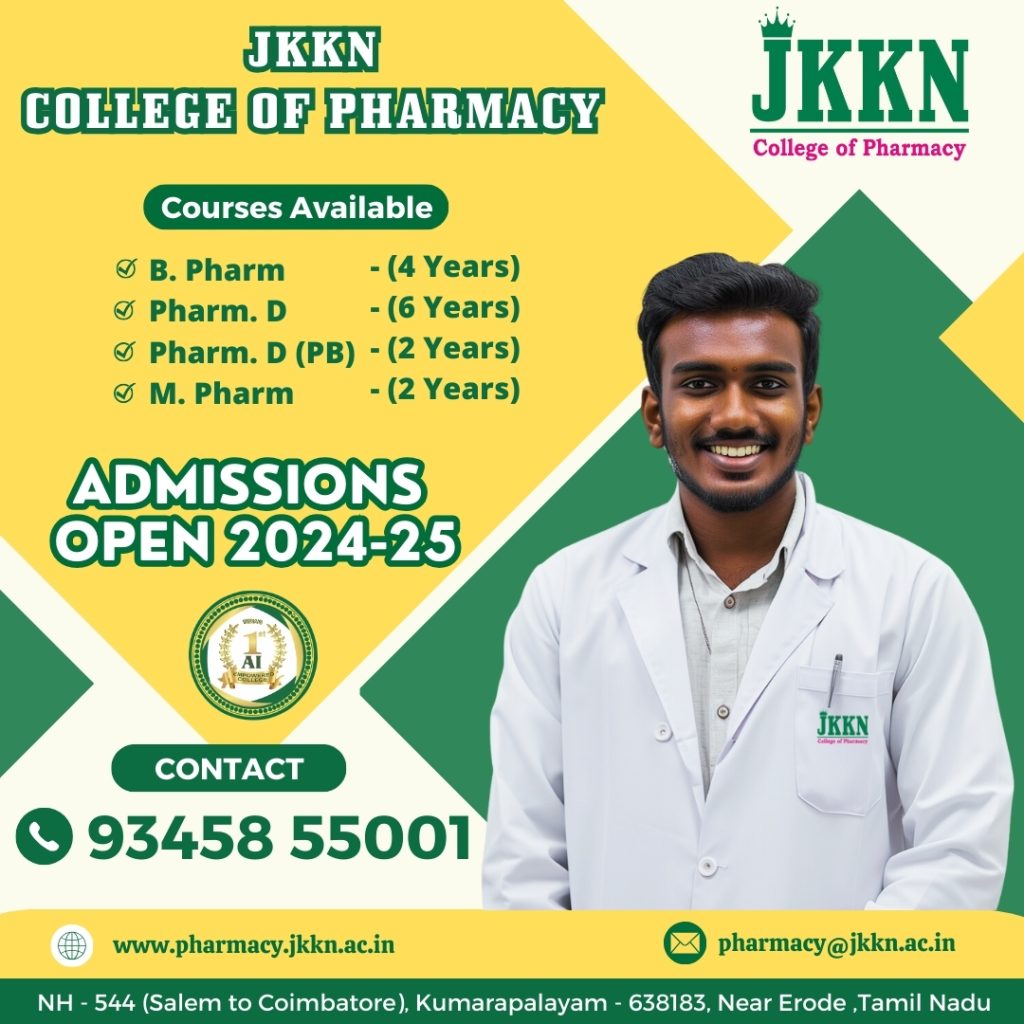II B.PHARM – III SEM/PHARMACEUTICAL ENGINEERING- THEORY
After a successful completion of the course the students will be able to
| Course outcome number | Course Outcomes | Cognitive level |
| CO1 | Able to recall and describe the fundamental principles of fluid flow, including types of manometers, Bernoulli’s theorem, and energy losses. Remember the mechanisms and laws governing size reduction, as well as the principles of size separation and heat transfer mechanisms. | C1 |
| CO2 | Demonstrate an understanding of the principles of heat transfer, evaporation, distillation, drying processes, and mixing. They will explain the differences between various heat processes and comprehend the mechanisms of drying, mixing, and distillation. | C2 |
| CO3 | Apply their knowledge to practical situations by explaining the construction, working, and uses of various equipment such as Hammer mill, ball mill, evaporators, distillation units, dryers, and mixers. Apply the principles of filtration and centrifugation to different scenarios. | C3 |
| CO4 | Analyze the factors affecting size reduction, size separation, and heat transfer. Also analyze the principles and mechanisms of drying, mixing, filtration, and centrifugation, identifying their applications and importance in pharmaceutical engineering. | C4 |
| CO5 | Evaluate the merits and demerits of various pharmaceutical engineering equipment and processes, such as evaporators, distillation methods, dryers, mixers, filters, and centrifuges. They will assess the efficiency and suitability of different equipment for specific pharmaceutical applications. | C5 |
| CO6 | Apply their knowledge to create solutions for materials selection in pharmaceutical plant construction and the prevention of corrosion. develop an understanding of the types of materials used, their properties, and corrosion prevention methods, contributing to the design and maintenance of pharmaceutical plants. | C6 |
Remembering (C1), Understanding (C2), Applying (C3), Analyzing (C4), Evaluating (C5) and Creating (C6)
II B.PHARM – III SEM/PHARMACEUTICAL ENGINEERING- PRACTICAL
After a successful completion of the practicals the students will be able to
| Course outcome number | Course Outcomes | Psychomotor Level |
| CO1 | Able to replicate and demonstrate the procedures for the determination of radiation constants of different materials, steam distillation efficiency calculation, and the operation of various pharmaceutical machinery, such as rotary tablet machines, fluidized bed coaters, and fluid energy mills, by accurately following step-by-step instructions. | P1 |
| CO2 | Develop the skills required for hands-on manipulation of equipment and materials during practicals. Practice techniques related to steam distillation, construction of drying curves, determination of moisture content, and size analysis by sieving with precision. | P2 |
| CO3 | Demonstrate precision in conducting experiments related to pharmaceutical engineering, including determining the overall heat transfer coefficient, calculating the efficiency of steam distillation, and constructing size frequency curves with arithmetic and logarithmic probability plots. | P3 |
| CO4 | Articulate their understanding of the principles, construction, working, and applications of pharmaceutical machinery such as fluidized bed dryers, freeze dryers, and colloid mills. Able to explain the factors affecting the rate of filtration and evaporation. | P4 |
| CO5 | Apply their knowledge and skills to natural situations, including studying the effect of time on the rate of crystallization and calculating the uniformity index using a Double Cone Blender. Develop a comprehensive understanding of the practical aspects of pharmaceutical engineering. | P5 |
| CO6 | Demonstrate precision in conducting experiments related to size reduction using a ball mill, including verifying the laws of size reduction, determining coefficients, power requirements, and critical speeds. Develop expertise in handling and operating equipment accurately. | P5 |
Imitation (P1), Manipulation (P2), Precision (P3), Articulation (P4) and Naturalization (P5).


